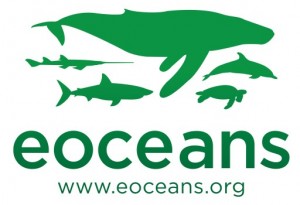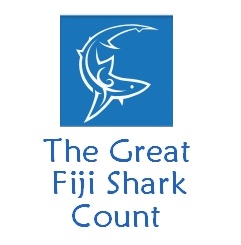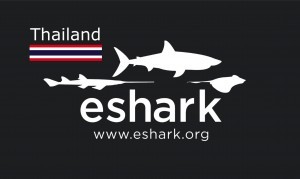A HEALTHIER OCEAN STARTS WITH DATA.
Global Marine Conservation Assessment Project
This new project aims to I) determine what management strategies are in place, and 2) assess how they are working, using sharks as an indicator. The information for this will come from various sources, including the observations of experienced marine resource users around the world.
Before Dec 30, 2015
eOceans New Survey is gathering the observations of professional and recreational marine resource users around the world to improve our understanding of current conservation strategies.
10 minute questionnaire
This short survey asks experienced divers, fishers, snorkelers, surfers, stand-up-paddleboarders, boaters and other ocean explorers to summarize their observations from the country where they have the most experience. These data will be used to help better understand current management strategies for sharks and rays, and to direct future strategies.
3 main parts:
- Your experience - how long have you been in the area and what do you do there.
- What sharks have you seen in the area - this CAN DEFINITELY be ZERO. If you haven't seen any sharks in this area - your observations matter!
- What management strategies are in place in this area and how they are working?
Then, share with other experienced people
After you have filled it out, ask others you consider to be experienced in your area to contribute their observations as well - because every perspective helps.
The data gathered will be analyzed and written up for peer-reviewed publication in the spring-summer of 2016.
The ongoing survey for all marine explorers
For all professional and recreational marine resource users to submit their daily observations. Observations made by hundreds of participants around the world have contributed thousands of records on sharks, rays, turtles, whales, jellyfish, seals and garbage. Combined, these records provide a valuable source of data on marine animals.
Collectively filling important data gaps
These observations have been useful for describing:
Baselines - What is where? Where are the sharks and where are they missing?
Success of Marine Protected Areas - especially where other sources of sampling are prohibited
Population trends - spatial and temporal - showing which are in need of improved management strategies
What is happening in areas without other forms of monitoring
Partnering to Advance Understanding
Where we have concentrated counts we can do more in-depth investigations. For example, with three years of concentrated counts in Fiji and Thailand, thanks to collaborations with Shark Guardian and The Great Fiji Shark Count partnership, we have high enough resolution for regional and even site-level analysis. These concentrated counts take time and require effective partnerships with motivated people to organize and engage their communities to regularly contribute to eShark. However, when observations are contributed daily, the data can be used to identify hotspots of abundance and diversity, see how these change through time, and, when linked to potential threats like fishing and habitat destruction, can be used to delineate priority conservation areas.
Because of sparse internet access, The Great Fiji Shark Count data is gathered by paper survey forms that are mailed throughout the country and sent back to "marine ecology consulting" for entry and summary before being sent to eShark. This concentrated census has been done in April and November each year since 2012.
For people with internet access and wanting to contribute data outside of the GFSC months, you can submit your observations directly to eShark.
eShark Thailand is an ongoing concentrated census being led by Shark Guardian in Thailand. This is a short questionnaire that is to be filled out by all marine resource users for every trip to the sea. The thousands of records submitted to eShark on a monthly basis allows for a high resolution picture of these populations and allows us to evaluate the potential threats, like fishing and habitat destruction, and then to identify and delineate potential priority conservation areas. See our eShark Thailand Project page for summaries.




